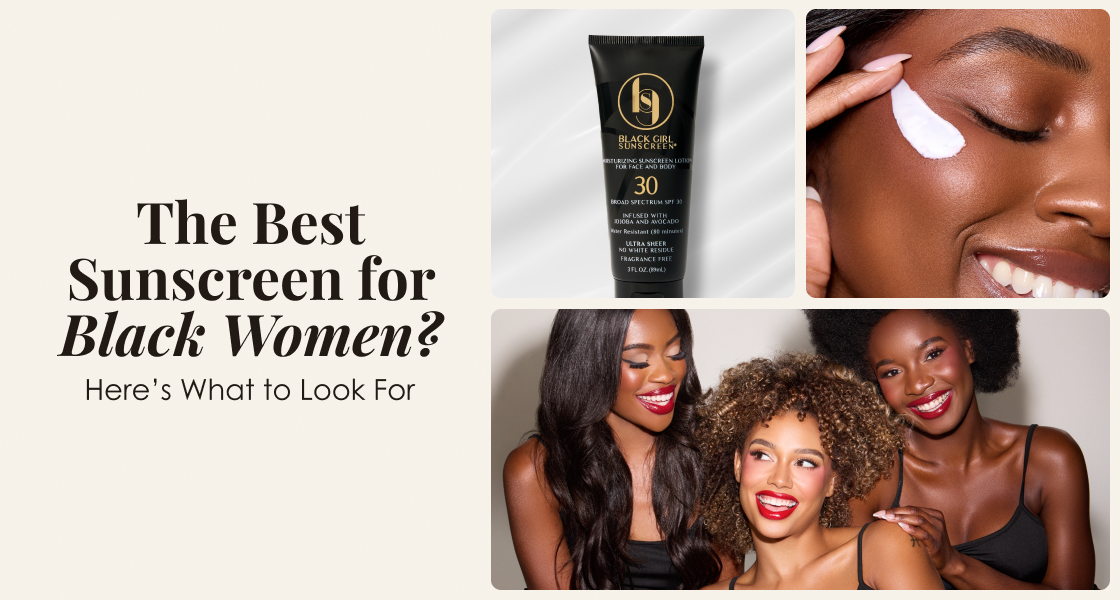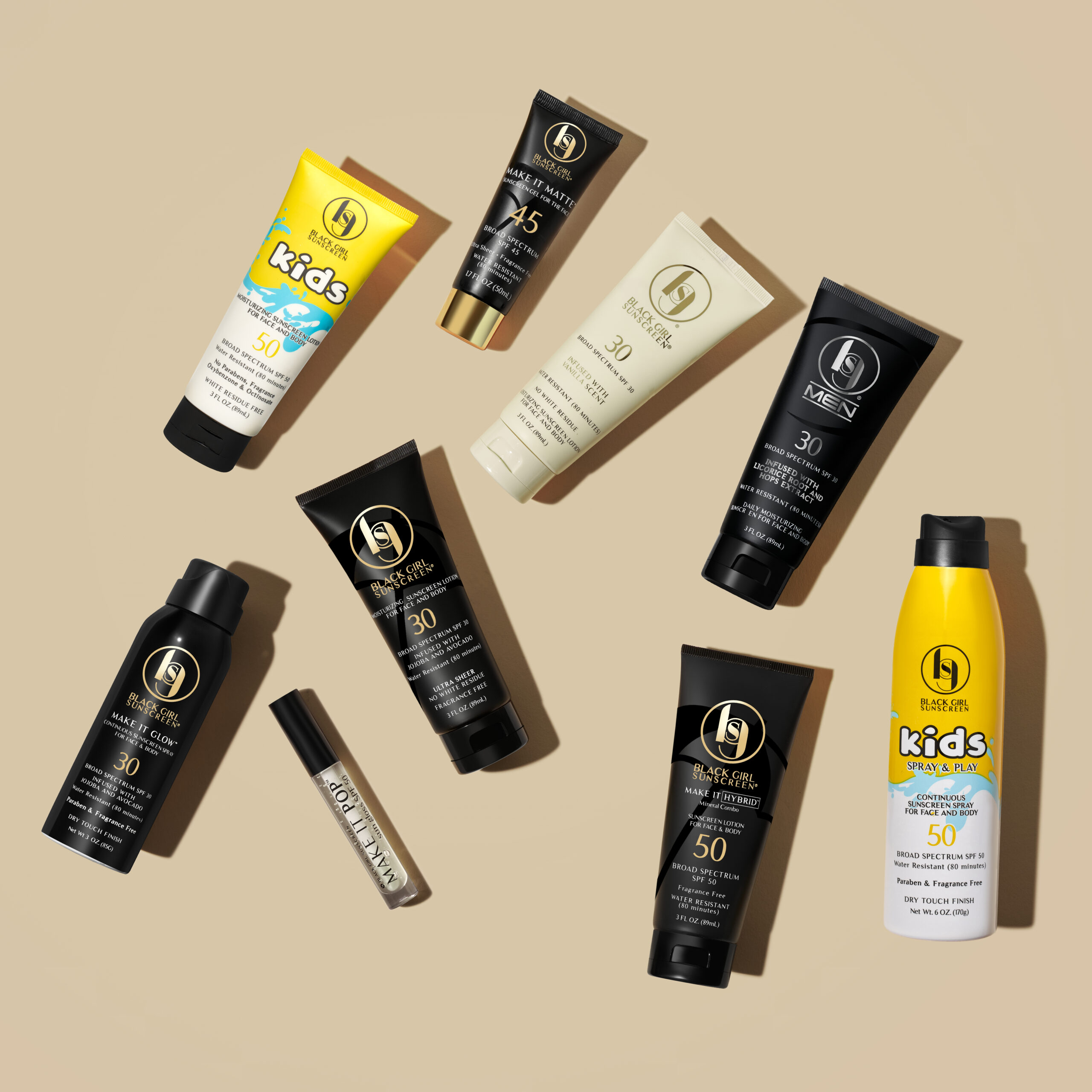
Sun protection is essential for maintaining healthy skin and preventing the harmful effects of UV radiation. The sun emits two types of ultraviolet (UV) rays that can damage your skin: UVA and UVB. UVA rays penetrate deep into the skin, causing aging and long-term damage, while UVB rays are the primary cause of sunburn. Both types of rays can contribute to skin cancer.
Without sunscreen, you’re exposed to numerous risks. Sunburn is the most immediate consequence, causing pain and damage to your skin. Over time, repeated sunburns can lead to premature aging, characterized by wrinkles, fine lines, and hyperpigmentation. More alarmingly, consistent exposure to UV rays without protection increases your risk of developing skin cancer, including melanoma, the deadliest form.
Incorporating sunscreen into your daily routine is a simple yet effective way to protect your skin. A daily application, even on cloudy days, ensures that your skin is safeguarded against the harmful effects of the sun.
To understand why professional sunscreens are superior, it’s essential to know what makes them effective.
SPF Level
The SPF (Sun Protection Factor) level indicates how well a sunscreen can protect your skin from UVB rays. For instance, an SPF 30 sunscreen blocks approximately 97% of UVB rays, while an SPF 50 blocks about 98%. It’s important to choose a sunscreen with at least SPF 30 for adequate protection.
Broad Spectrum
Broad-spectrum sunscreens protect against both UVA and UVB rays. While UVB rays cause immediate damage like sunburn, UVA rays penetrate deeper into the skin, causing long-term damage such as aging and an increased risk of skin cancer. Using a broad-spectrum sunscreen ensures comprehensive protection from both types of harmful rays.
Testing & Standards
Professional sunscreens undergo rigorous testing to meet safety and efficacy standards. These tests evaluate the sunscreen’s ability to protect against UV radiation, ensuring that the product provides consistent and reliable protection. Regulatory bodies like the FDA (Food and Drug Administration) and the European Commission have strict guidelines that manufacturers must follow, which include stability testing, SPF verification, and water resistance testing.
Homemade sunscreen might seem appealing due to its natural ingredients and cost-saving potential. However, it poses significant risks. Here’s why:
What is DIY Sunscreen?
DIY sunscreen is typically made from natural oils, zinc oxide, titanium dioxide, and other ingredients found in the kitchen. While these ingredients might sound beneficial, they often lack the scientific backing needed for effective sun protection. Recipes for DIY sunscreen can be found all over the internet, promoting the use of ingredients like coconut oil, shea butter, and essential oils.
Risks and Considerations
Is Homemade Sunscreen Dangerous?
Yes, homemade sunscreen can be dangerous due to its lack of reliable protection. According to studies, DIY sunscreens may not effectively absorb or reflect UV radiation, putting users at risk of sunburn and long-term skin damage. A study conducted by the University of Maryland found that many DIY sunscreen recipes found online do not provide adequate sun protection, with some offering SPF levels as low as 1 or 2.
Instead of relying on DIY solutions, it’s better to use professionally formulated sunscreens that guarantee protection. In addition to using sunscreen, adopting habits like seeking shade, wearing protective clothing, and supporting your skin with a healthy diet can enhance your sun protection strategy.
Importance of Professional Sunscreens
Professional sunscreens offer several advantages over homemade versions:
Proven Ingredients
Ingredients like zinc oxide and titanium dioxide in professional sunscreens are scientifically proven to provide effective UV protection. These ingredients are used in specific concentrations that ensure they are both safe and effective.
Regulated Formulations
Commercial sunscreens are formulated to meet strict guidelines, ensuring they deliver on their promises of protection. These regulations ensure that the sunscreen provides the SPF stated on the label and that it is safe for use.
Broad-Spectrum Protection
Professional sunscreens protect against both UVA and UVB rays, crucial for comprehensive skin safety. This broad-spectrum protection is vital for preventing both immediate and long-term skin damage.
Stability and Efficacy
Professional sunscreens are designed to remain effective even in extreme conditions. They are tested for stability under high temperatures and humidity, ensuring that they maintain their protective properties.
Additional Benefits
Many professional sunscreens come with added benefits like moisturization, anti-aging properties, and antioxidants. These added ingredients can help improve the overall health of your skin while providing sun protection.
While DIY sunscreen might seem like a natural and cost-effective option, it lacks the efficacy and reliability of professional products. For optimal skin protection, stick to professionally formulated sunscreens that are tested and proven to work. Incorporate sunscreen into your daily routine and combine it with other sun safety practices, such as wearing protective clothing, seeking shade, and maintaining a healthy diet for the best defense against harmful UV radiation.
Internal Links
For more information on sunscreen ingredients and their benefits, visit:
References


